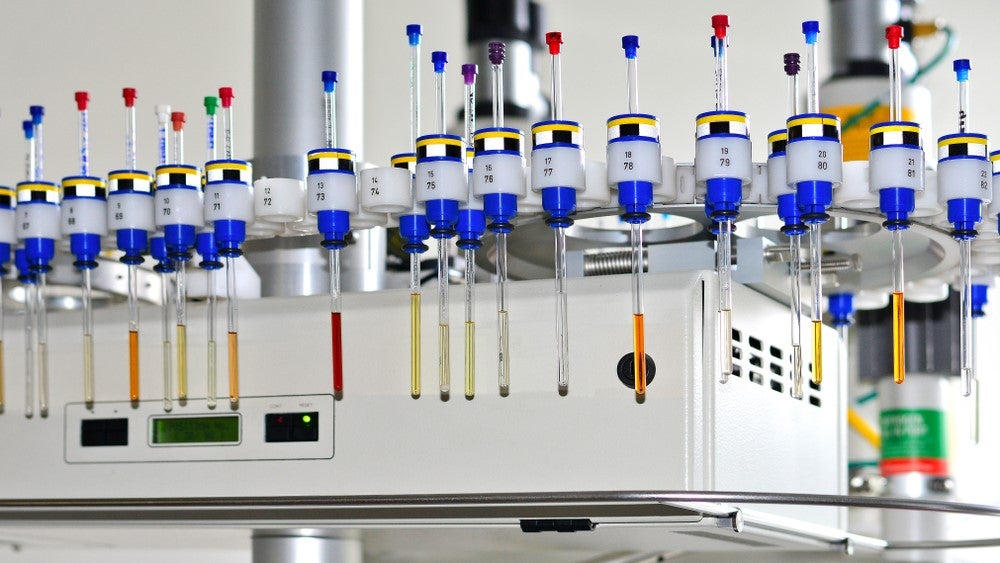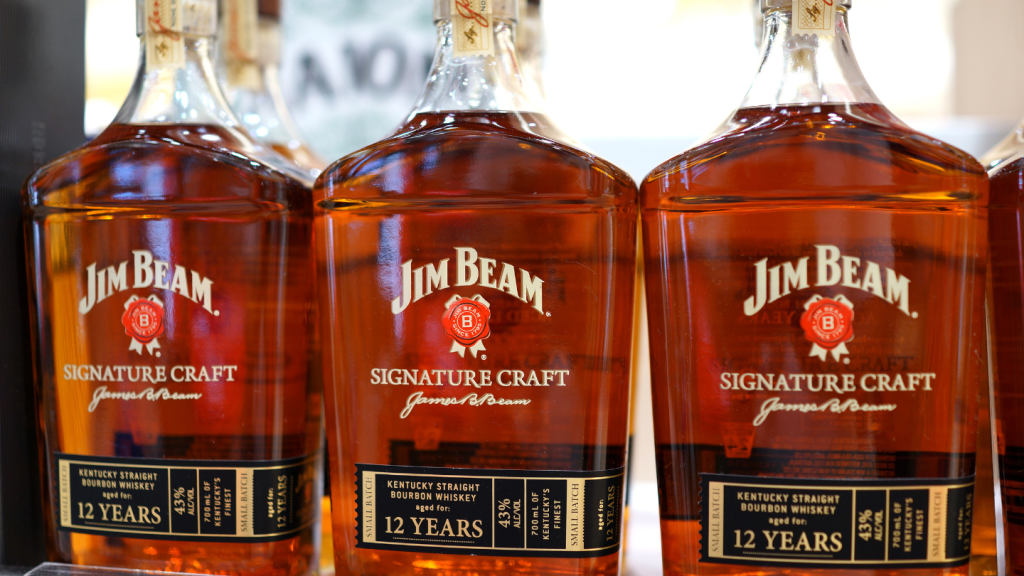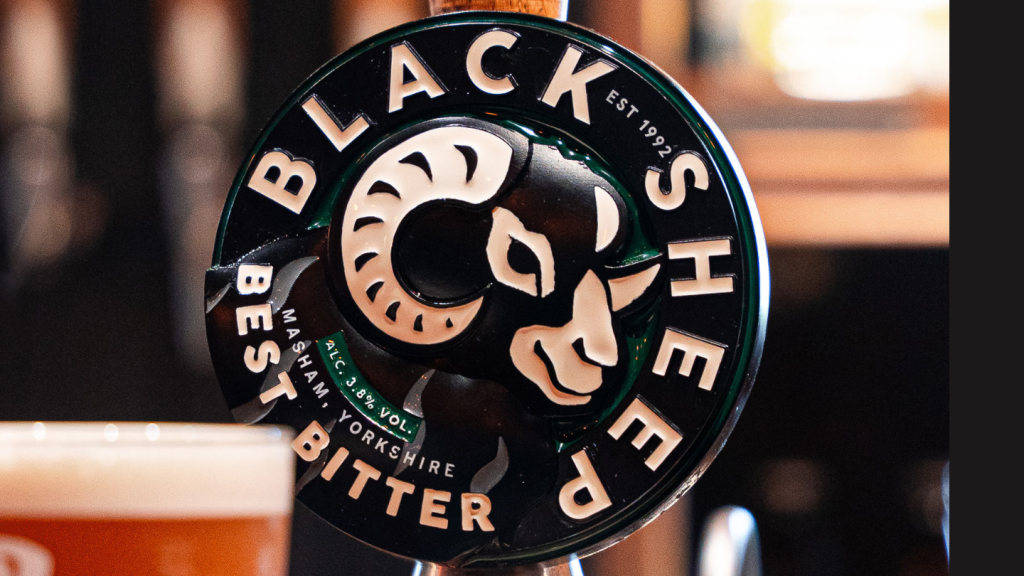The potential to ‘fingerprint’ gin using nuclear magnetic resonance, or NMR, spectroscopy could transform the industry’s understanding of the chemical compounds that define flavours and aromas.
Putting together the “children’s puzzle” of compounds that comprise gin could result in tighter regulation and standardisation, although industry players hope this could spark, rather than stifle, innovation.
Researchers from Heriot-Watt University and the University of Edinburgh published their new study in the Journal of Brewing and Distilling. Using NMR spectroscopy, they were able to identify separate isomeric forms within terpenes (the chemical compounds which define the characteristics of gins), allowing them to create a ‘fingerprint’ of the compounds responsible for flavour, aroma and mouthfeel.
Accurate identification of these terpenes has been previously near-impossible, with mass spectrometry being the most common analytical tool for gin. The limitations have resulted in an industry of “smoke and mirrors”, according to Tom Warner, co-founder of Warner's Distillery, as matters of “authenticity, quality of ingredients, and the graft and craft” have been defined by “various shades of grey”.
NMR: fingerprinting flavour
Dr David Ellis is one of the researchers at Heriot-Watt who carried out the study. “NMR is a bit like MRI, which came out of NMR in the 1980s/1990s,” Dr Ellis tells Just Drinks. “In a typical molecule, each of the atoms will have a different neighbourhood. NMR helps us to identify that neighbourhood… for example, the alcohol in a gin will have a particular place on the axis where it will give a signal... we have a series of different zones within that graph, where you can identify certain environments or neighbourhoods.
“Because the compounds that are in gin are actually quite well understood, we can compare our gin spectra with the graphs from all of these compounds that you’d expect to find in gin and match them up – it's almost like a children’s puzzle, rather than a science exercise.”
The study tested samples from 16 different gins, including London Dry and fruit gins. The researchers said the NMR spectroscopy enabled them to build a 'fingerprint' of each gin by identifying the compounds in the sample, including those with the same atomic makeup but different molecules. For example, pinene and limonene contain the same number of carbon and hydrogen atoms, but provide different flavours – the former is sweet, whilst the latter tastes of orange.
The researchers were also able to identify variations in the ratio of terpene compounds, depending on the origin of the juniper berries. This offers potential for provenance and authentication, which could be particularly beneficial as climate change causes traditional supplies to dry up and distilleries look to source their berries from new suppliers.
“Juniper berries’ composition is quite different depending on which location you take them from,” Dr Ruaraidh McIntosh, another of the Heriot-Watt researchers, says.
“If you are making a gin that requires juniper berries and the location that you were getting them from is currently not available, then you would replace them with something else, but it might not be a like-for-like match.
“Something like an apples are good example – a Granny Smith from South Africa would be quite different to a Cox’s from England. Although they’re both apples, they’re going to be quite different.”
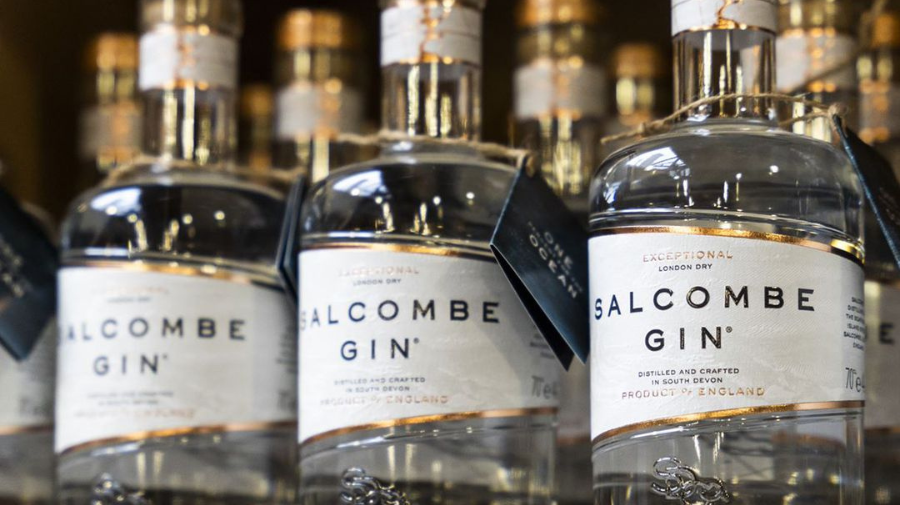
Salcombe Distilling master distiller Jason Nickels sees particular potential in using fingerprinting to identify provenance, noting it could streamline efforts to maintain consistency. “We need to ensure consistency when we’re producing our regular gins,” he tells Just Drinks. “We have to change supply from one year to the next because crops change… the levels of oil content and the certain types of flavours within the juniper might change slightly depending on the weather. To have that information would be good because it would enable us to manage the transition from one year to the next with greater ease.”
Regulation versus innovation
Identifying the chemical composition of gin could bring a tighter definition of what 'gin' is, prompting subsequent regulation to control which ‘gin’ products make it onto the shelves.
Advancing the gin industry’s understanding of the defining compounds in the spirit risks becoming a double-edged sword: while regulation and standardisation could be positive, it brings the inevitable risk of quashing innovation.
“It could go one way or the other: we may end up with a very stoic and boring category with stifled innovation, or we may end up in a category that has a more robust stance, able to indicate differences in quality between liquids far more easily,” Warner suggests.
“What drove the explosion and popularity of gin over the last few years has been having a broad church for people to play in. Do we want it to be policeable? Yes, but what that policing should be I don't know.”
Current EU legislation, for example, is minimal. It states that gin must have a 37.5% abv and specifies that “only flavouring substances or flavouring preparations or both shall be used for the production of gin so that the taste is predominantly that of juniper.”
Consumer attitudes appear to favour the flexible definition. Flavoured and fruit gins comprised 40% of the global market in 2021, according to research conducted by the UK’s Wine and Spirit Trade Association (WTSA). Analysis by GlobalData – Just Drinks’ parent – of consumer interest in the gin market found that quality, ingredients, localism and flavour experimentation were the primary focus.
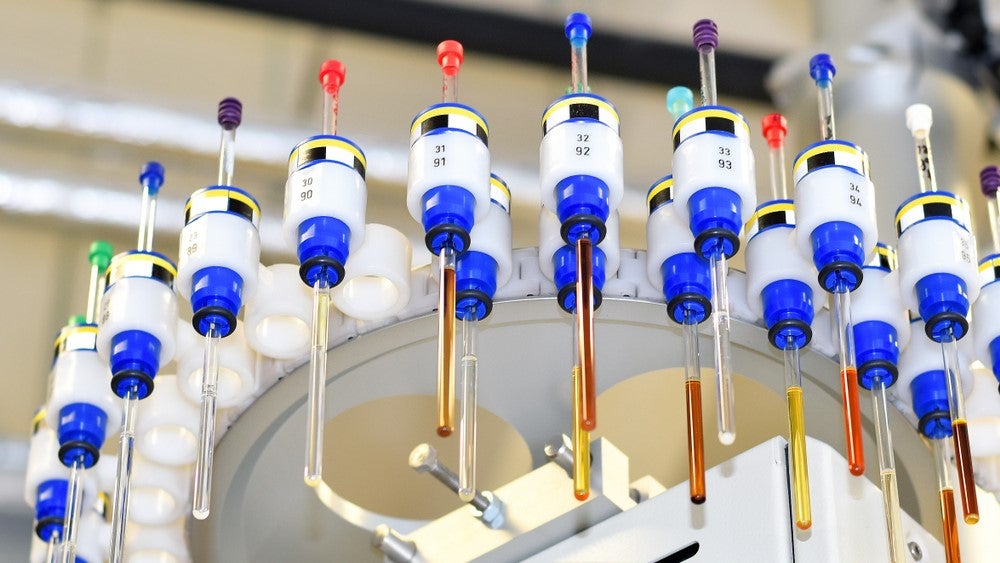
NMR would offer a chemical ‘fingerprinting’ of the flavours and the ingredients responsible, which could refine current regulations around gin distillation. However, GlobalData analyst David Harris considers it unlikely the technology would harm innovation. “Gin tends to see a fairly high rate of innovation compared to other spirits categories, behind only vodka really,” Harris says.
“In the unlikely event regulation was tightened, gin brands would simply move into gin-alike products, appearing as and tasting like gin, but technically not included in the category legally. Category-blurring is a significant trend in beverages, so it’s even possible this would drive sales and consumer interest rather than inhibit it.”
At Salcombe Distilling, Nickels considers the development to be “quite exciting”, offering the potential to streamline analysis currently impracticable for smaller distilleries. “We’re down to good old-fashioned tasting and smelling to determine levels of flavour and aromas in gin. That’s really the way it’s always been and the way it will be in the future unless it [the technology] becomes more accessible.”


